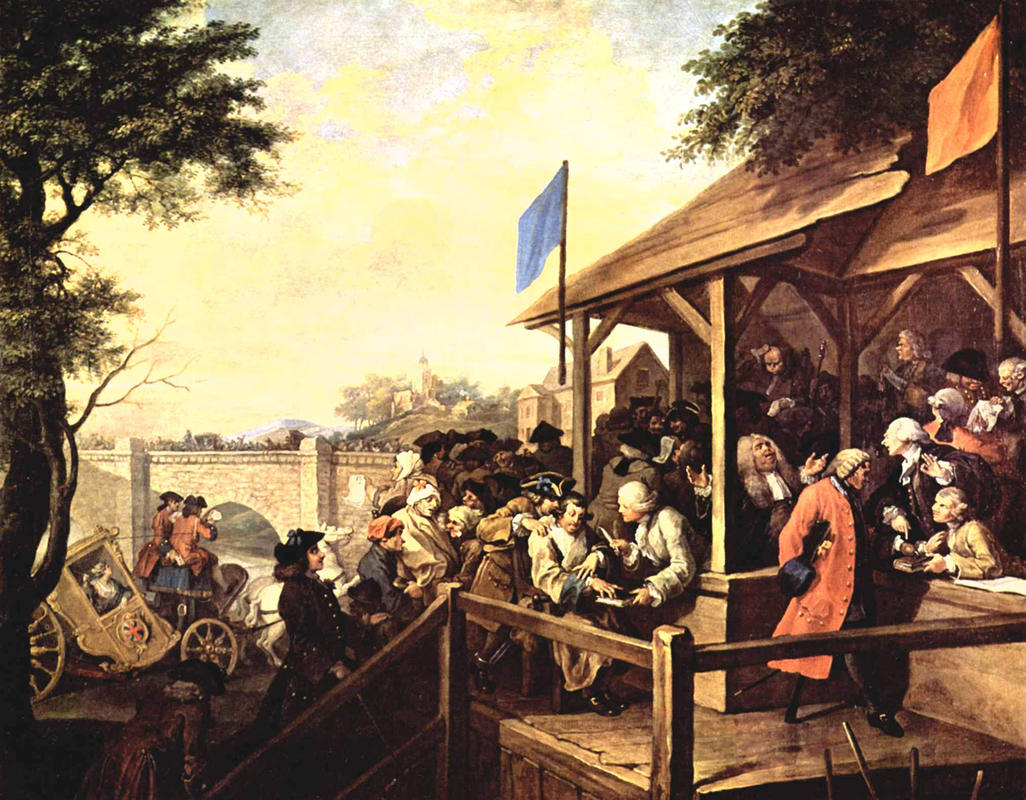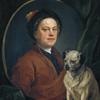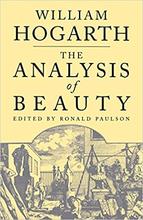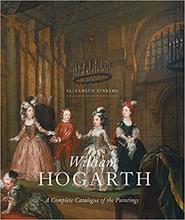More about The Humours of an Election III: The Polling
- All
- Info
- Shop

Contributor
Scene three of Hogarth’s "An Election" series. Time to get everyone to the polls and vote in the dismal elections of 1754.
Voting is no improvement on campaigning. To vote you had to be a man (obviously, since women in the UK won the full right to vote in 1928) and own property, or at least lease land from the crown for no less than forty shillings. That was about 4,000 guys in Oxfordshire at the time and boy did they make a mess of it.
Hogarth has put so many small tragedies into the painting that it's overwhelming.
- A deathly grey-faced man is being carried up the stairs to vote at the polling station.
- A ‘simpleton’ is sitting in the voting chair and being told who to vote for. Conveniently there is no secret ballot.
- Behind simpleton and election official, two lawyers representing the contending parties argue over who gets to vote, and a poor war veteran without arms, and right leg, is unable to swear on the bible that he has the right to vote.
- On the bridge in the background there is yet another brawl (see scenes one, two, and four) and a horse is about to jump into the river.
- Closer by, the gilded carriage representing Britannia has collapsed but the coachmen are unawares playing cards. The guy on the left is cheating.
Sources
- Christina Scull, The Soane Hogarths. Sir John Soane's Museum, 2nd edition 2007.

Contributor
An Election III: The Polling by William Hogarth shows how far two rival political parties would go to win an election.
The Polling is the third piece of the artist’s series about the 1754 Oxfordshire county election. It shows the day when people could finally vote for either the Tories or the Whigs. The candidates of the parties are sitting at the back of the booth with a constable sleeping between them, who should be overseeing the election and make sure that nothing dodgy is going on. He obviously failed since both parties recruited literally anyone to vote for them, like criminals and sick people.
One man in the middle, for example, is carried by two people to secure a vote for the Whigs. Judging from his extremely pale face and limp body he is clearly dying... or even already dead. But apparently, the people carrying him thought they could still get a vote out of him. The blind man behind him is being led by a boy. The blue ribbon on his hat indicates that he wants to vote for the Tories but due to his blindness, he could suffer the same fate as the dying man, voting for someone he did not intend to. On the right side of the image is a caricaturist who is drawing one of the candidates. The sketch must have been pretty good since the two men looking at it seem to be having the time of their life.
The collapsing coach of Britannia is a symbol of what William Hogarth thought to be a collapsing nation. The coachmen are busy playing cards which makes the disastrous condition of the coach less surprising. One of them is even cheating by hiding a card from the other coachman. Their ignorance regarding what’s going on behind them makes them representative of the parliamentary leaders. With this depiction, William Hogarth criticized the parliament as corrupt, defective, and unable to fix the current political situation.
Sources
- Baudey, Emma. “The Liberty of Voting Restored: William Hogarth’s Election series as a vision of electoral (dis)order.” Apollo, May 1, 2001.
- The Royal Academy of Arts, “The Polling (Four Prints of an Election, plate 3), 1758.” Accessed August 24, 2022. https://www.royalacademy.org.uk/art-artists/work-of-art/the-polling-i-f….
- Sir John Soane’s Museum. “The Humours of an Election III: The Polling.” Accessed August 24, 2022. http://collections.soane.org/object-p73.
- Small, Lisa. “William Hogarth’s Election series.” Technology Blog of the Brooklyn Museum, November 7, 2012. https://www.brooklynmuseum.org/community/blogosphere/2012/11/07/william….













